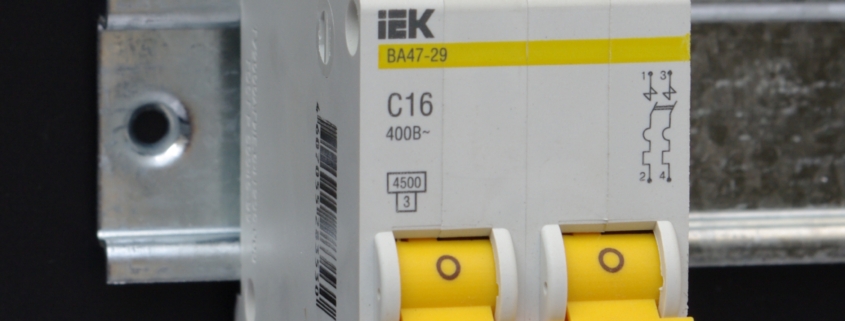Paying Attention Behind the Curtain: Shemini

Part of an ongoing series that explores Torah through an ethic of social justice and building a world worthy of the Divine
Shemini is a parasha full of communication, actions and rebuke requiring explanations. As with many commands, God speaks to Moses who in turn relays the information to key individuals. Beginning with Lev 9:1, we find Moses calling “Aaron and his sons, and the elders of Israel.” In 9:2, Moses speaks to Aaron, and in 9:3, Moses speaks to the Israelites. Aaron is accounted for as are the Israelite Elders; however, Aaron’s sons are missing in receiving the detailed instruction. This omission is troubling as we’re going to encounter the deaths of Nadav and Abihu. Though a connection is made later to link their deaths to inebriation, that almost feels like the rabbis are grasping at straws to explain this away and teach about “improved moral conduct.” However, there may be an opportunity for neglect to be owned, and for us to find antecedents that provide clues to their death.
Chapter 10 opens with the scene of Nadav and Abihu taking their own fire pans with fire and incense. This was regarded as a “strange fire” as it was not ordered, and thus found to be displeasing, and God consumed them in fire.
Prior to this, we see a series of rituals where Aaron leads the cultic worship and his sons assist him in the process. In efforts to look for connections, especially given what we know about human emotion, it seems plausible that Nadav and Abihu could have been stirred by the previous action and wanted to continue to praise, themselves. Viewing this within the context of the Ancient Near East, Nadav and Abihu were simply out of line. As Moderns, this may seem foreign as we often are looking for a reason to do something, before engaging in it and then doing what comes naturally, not always tied to a strict protocol. The Rabbis and mediaeval biblical commentators struggled with this and side stepped the conversation of “ritual,” to focus more and double down on the rebuke that follows the scene as God speaks to Aaron to abstain from intoxication. Something does not seem right. The explanations are only made after the fact and not while looking at the antecedents to see what caused the mishap.
One idea worth exploring is the nature of communication discussed above. Recall how “Aaron’s sons” are missing from the directions; however, throughout the balance of the chapter the sons have an integral role in supporting Aaron in his practices. Consider verses 9:8-9, where Aaron does an action and then his sons react; however, no explicit directions are provided to the sons, but the role is one of support.
Contrast the supporting role with the ordination vignette in 8:31-36, it begins with Moses directly telling Aaron and his sons the directions and concludes with affirmation that they all – “Aaron and his sons” did as was commanded. The communication here was direct and clear.
In searching for parallels, the existence of gaps is more prevalent within the text. As noted, we find the omission of the sons as recipients of Moses’ words in the beginning of chapter 10; however in 9:31 and 10:12, we find Moses speaking to the sons as well as Aaron. We also find the differing roles of the sons being leaders or supports. In some way, the number of parallels leave us confused and looking for answers and thanks to history, the answer points to inebriation.
Still seeking an answer, I thought of my grandfather, Harold – the electrician. As I took an interest in how things worked and in building circuitry, he was happy to be there to guide me. When it came to how electricity worked in the house, he never wanted me to practice or do. As my sister and I recalled, lessons were “Sit and watch, but don’t do.” As I grew older and tinkered more, I started to understand the systems and the safeties that are in place for our own protection, specifically circuit breakers. As an adult, I have switched light switches in the hope to automate our house, and trying to find the right breaker is always a challenge and a complex dance of two people shouting across a house if the light is still on. I’ve come to realize that flipping the breaker is something done BEHIND the scenes and isn’t necessarily viewed as part of the process — though if not done can have dire consequences.
Take the lessons of electricity to Aaron and his sons when it comes to cultic worship and I think we begin to find our answers. More than the electricity, let’s go meta in observing how I was taught about electricity–through observation, at a distace. I could only learn from what I could see. I was focused on action and not the pre-work that Grandpa did to ensure his safety, which came naturally to him.
Flip back to Aaron and his sons: depending on the role the sons played, the way they learned was different. As Aaron’s supports, they worked in the moment. They had to read the situation and respond. They did not set up the experience and therefore may not have been privy to key necessary steps that occur off stage. Now when they take a lead role, they err not maliciously, rather because they were unaware of what they should have done beforehand. They may have not had the advice or opportunity to practice the steps that cost them their lives.
Shemini reminds us of the importance of experimentation when taking on something new. As an educator, coach, dad, friend and human being, I advocate for more play in life. Through play we can experiment with roles, emotions and ideas before we have to do them “for real.” Play is practice and when embraced allows us new insights into our actions. So when it comes time to try something new; ask questions, observe others, ask more questions, play and experiment and reflect about this process and then proceed to the new territories, making sure that you uncovered and discovered what was done by others for their own safety as it too can provide you with more opportunities to do.

Justin Sakofs is a Builder with Bayit Publishing and Bayit Games. This is his first post for Builders Blog.
Photograph by Kae, shared under a Creative Commons license.



